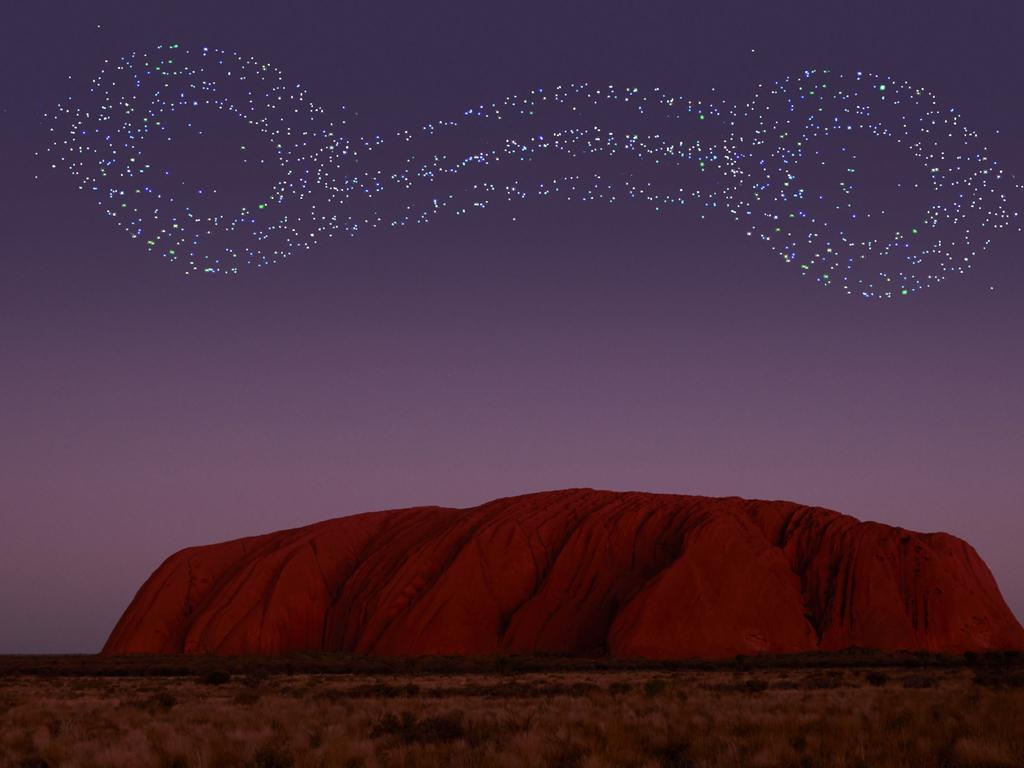What the flock: it’s a post-flood bonanza for waterbirds
For the first time in more than 20 years, pelicans are breeding in their thousands at this remote NSW lake | WATCH
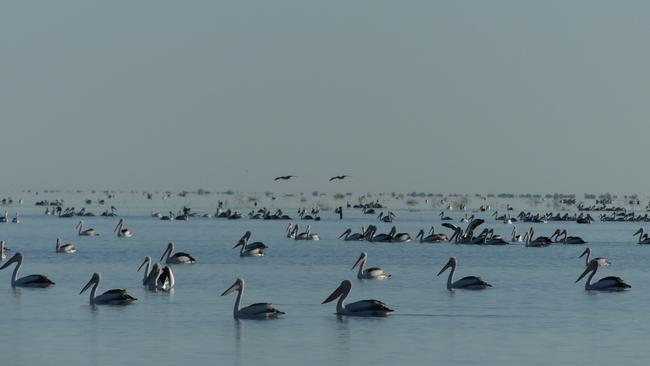
As the crow – or pelican – flies, it’s about 700km to the coast from Narran Lakes in outback NSW.
Yet the view at this normally arid plain northeast of Brewarrina looks like a scene from Storm Boy on steroids. For the first time in more than 20 years, Australian pelicans are breeding at the lake – in their thousands.
Drawn by slow-moving floods that crept down the country’s major waterways after successive La Nina events, causing heartache in many communities along the way, the big birds are having a field day.
UNSW’s Kate Brandis and her research colleagues have counted 15,000 nests in the colony on the lake’s southern shore, one of two in the remote region. With each nesting pair producing two to three eggs and generally raising one chick, there are about 45,000 pelicans lapping up life in this corner of the lake.
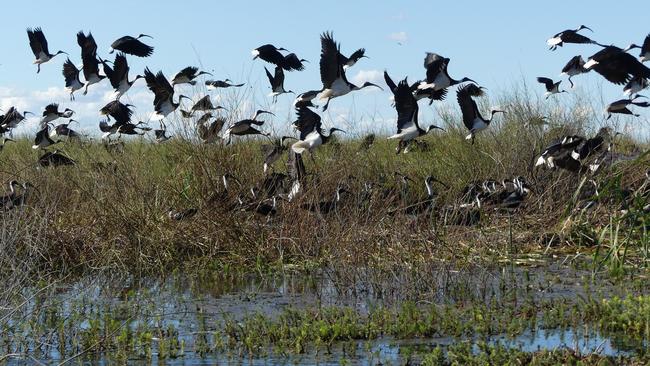
“I’ve been working at Narran since 2008 and I’ve never seen this before … it’s a pretty amazing sight,” said Ms Brandis, senior research fellow at the university’s Centre for Ecosystem Science.
The area where the pelicans are paddling, parenting and gorging on the likes of bony bream is usually cropped farmland, owned by private landholders and inaccessible to the public. Ms Brandis kayaks along fence lines to observe the colony at closer range.
Over the next 12 months, the waters will recede and the pelicans will make their way to coastal colonies or more permanent freshwater such as Lake Brewster in the Lachlan River catchment, central NSW.
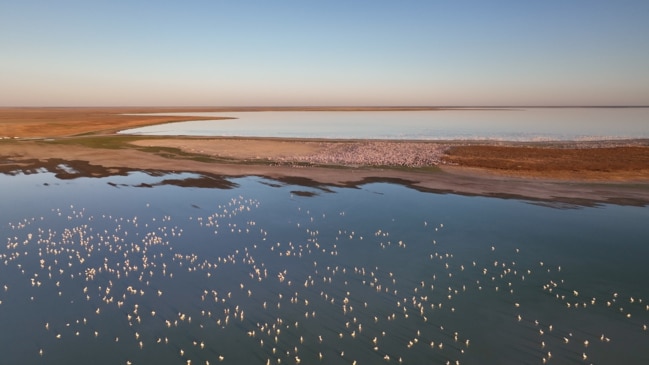
“Drying up is a natural part of these systems,” Ms Brandis said. “They are temporary inland wetland systems – that’s part of their ecology.” She is, however, worried about their future. “The thing that concerns me is how long that dry period will be … history has shown us that those dry periods are getting dryer and longer.”
Down along the Murray and Murrumbidgee rivers, Matt Herring of Murray Wildlife conservation consultancy is also revelling in the bird bonanza.
He has noticed some species breeding two or three times in quick succession, and was astonished to spot two migratory species more commonly found in Russia – the sharp-tailed sand piper and black-tailed godwit – at Urana, west of Wagga Wagga.
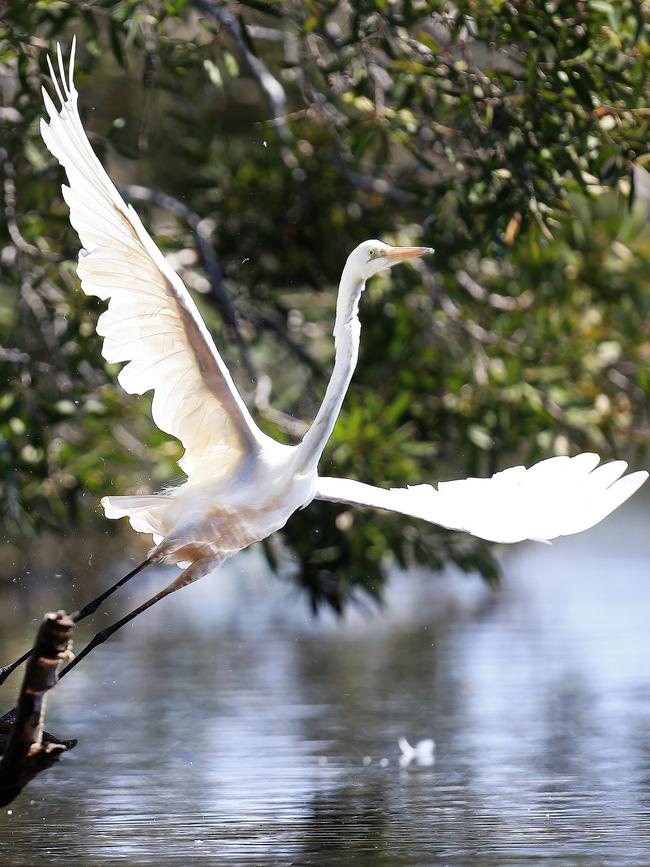
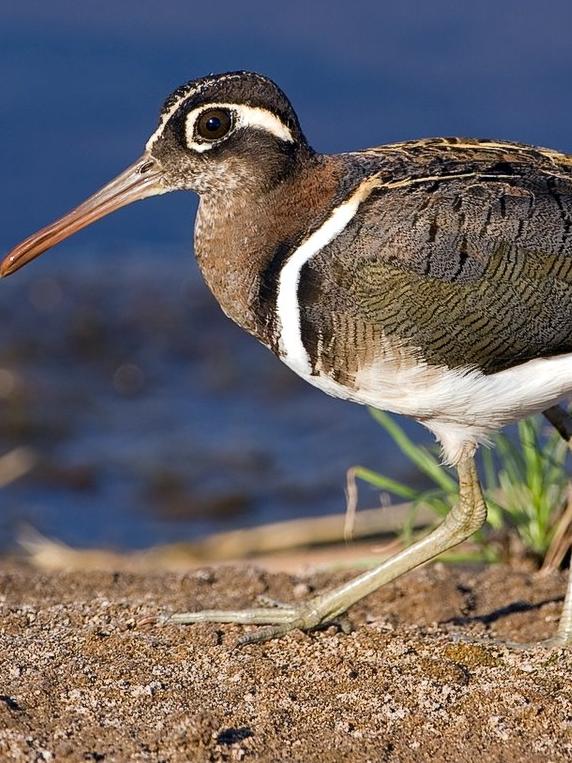
“Notwithstanding the damage to property and people’s livelihoods, it’s been a time of ecological celebration,” Mr Herring said.
“It only feels like yesterday we had those fires of 2019 and 2020 and now … waterbird populations are higher than they’ve been for many years, so it’s a great time for people to get out and see all these fledged youngsters.”
Mr Herring, who has been studying birds for 25 years, said he had been delighted to see wetlands awash with ibis, herons and egrets, spoonbills and all kinds of water fowl.
“Most stories about the environment are pretty negative and here is mother nature controlling everything, as she does, and just renewing all these populations.”





